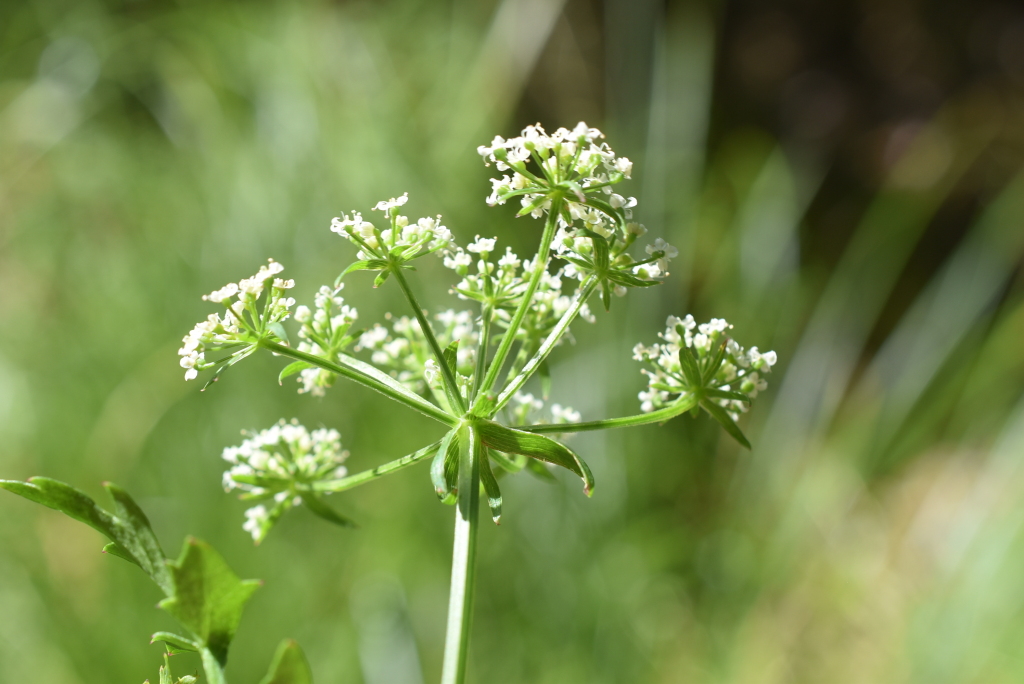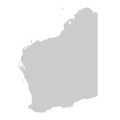Berula erecta
(Huds.) Coville Water ParsnipAquatic or semi-aquatic herb 30–100 cm high; stems branched, hollow, striate to furrowed. Emergent leaves once-pinnate, submerged leaves 3–4-pinnate, lamina 12–40 cm long, 1.5–12 cm wide; leaflets 15–21, oblong-lanceolate or c. ovate, 8–56 mm long, 4–35 mm wide, toothed, sessile. Umbels 3–6 cm diam.; peduncles 3–8 cm long; bracts lanceolate, uneven, 10–20 mm long; rays 6–20, unequal, to 20 mm long; umbellules 6–12 mm diam., 9–22-flowered, bracteoles linear or lanceolate, 2–3.5 mm long; pedicels to 5 mm long. Petals c. 1 mm long, white. Fruit 1.5–2 mm long.
VVP, GipP, WaP, EGL, EGU, WPro, HSF. Also naturalised WA, SA, Qld, NSW, Tas. Native from Europe to central Asia, and North America. Occurring in lowland, often near-coastal, swamps and streams in southern Victoria. Flowering Dec.-Mar.
This species is now widely treated as a natualised alien in Australia but was once regarded as an indigenous variety (univittatum) of the European Sium latifolium. It is regarded as of uncertain origin in Victoria as it has been recorded mostly from high-quality, largely weed-free watercourses.
Often confused with Helosciadium nodiflorum which has 0–2 bracts at the base of the umbels.
Duretto, M.F. (1999). Apiaceae. In: Walsh, N.G.; Entwisle, T.J., Flora of Victoria Vol. 4, Cornaceae to Asteraceae, pp. 256–258. Inkata Press, Melbourne.
 Spinning
Spinning


